Tokyo's Timeless Tapestry: Culture & History
Explore Tokyo's rich heritage and modern marvels on this engaging free walking tour, uncovering the city's past and present in vibrant detail.
Time
3 Hours
Stops
9 Places
Distance
4.7 km
Senso-ji Temple
As Tokyo's oldest temple, Senso-ji offers a glimpse into the city's spiritual history and is a vibrant start to our cultural exploration.
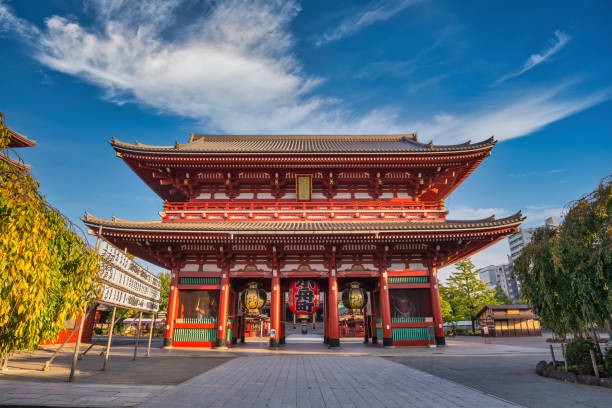
Senso-ji Temple (Source: Google Maps)
Senso-ji Temple, Tokyo's oldest and most revered temple, dates back to 645 AD. It is dedicated to Kannon, the Buddhist goddess of mercy. The temple complex features the iconic Kaminarimon Gate, adorned with a massive red lantern, leading visitors through a vibrant shopping street filled with traditional snacks and souvenirs. The architecture reflects classic Japanese styles, with intricate woodwork and serene gardens that enhance its spiritual atmosphere. Senso-ji is not only a religious site but also a cultural hub, hosting various festivals throughout the year, including the Sanja Matsuri, which attracts millions of visitors. Its historical significance and beauty make it a must-visit landmark, embodying the essence of Tokyo's rich cultural tapestry.
Nakamise Shopping Street
Leading up to Senso-ji, this bustling street is lined with traditional snacks and souvenirs, providing a taste of local culture.
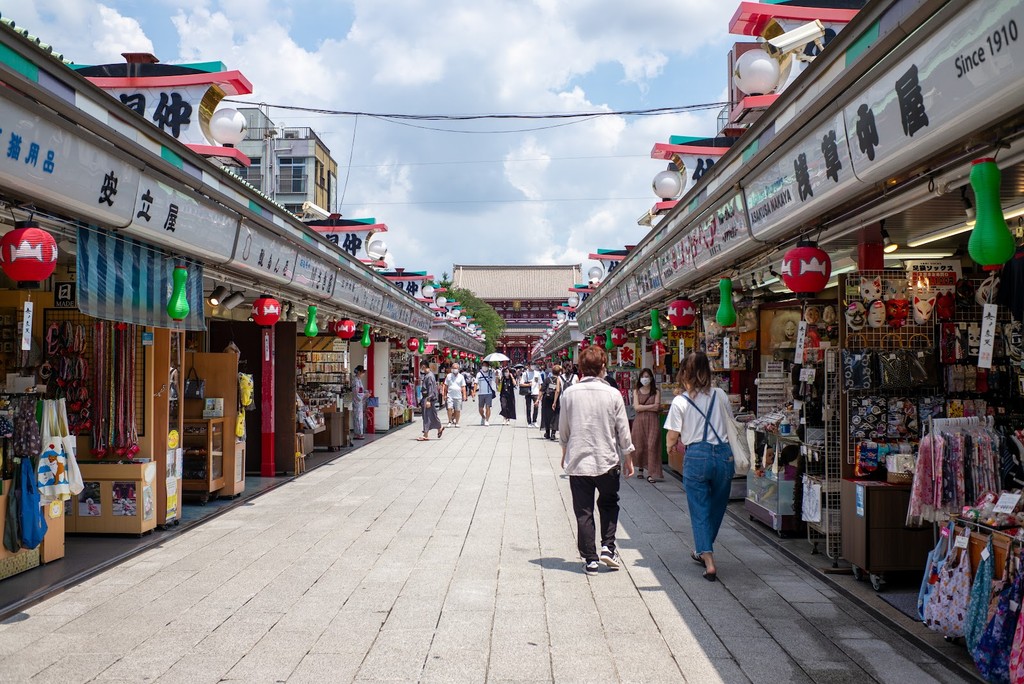
Nakamise Shopping Street (Source: Google Maps)
Nakamise Shopping Street is a lively thoroughfare that has been serving visitors to Senso-ji Temple for centuries. Stretching approximately 250 meters, this vibrant street is lined with over 90 shops offering traditional Japanese snacks, crafts, and souvenirs. Established during the Edo period, Nakamise provides a glimpse into Tokyo's culinary heritage, with treats like ningyo-yaki (small cakes filled with red bean paste) and senbei (rice crackers). The street is not only a shopping destination but also a cultural experience, showcasing local artisans and their crafts. As visitors stroll along, they can enjoy the atmosphere of old Tokyo, making it a perfect introduction to the city's rich traditions before entering the temple grounds.
Asakusa Culture and Tourist Information Center
Designed by renowned architect Kengo Kuma, this center offers panoramic views of Asakusa and insights into Tokyo's history and future.
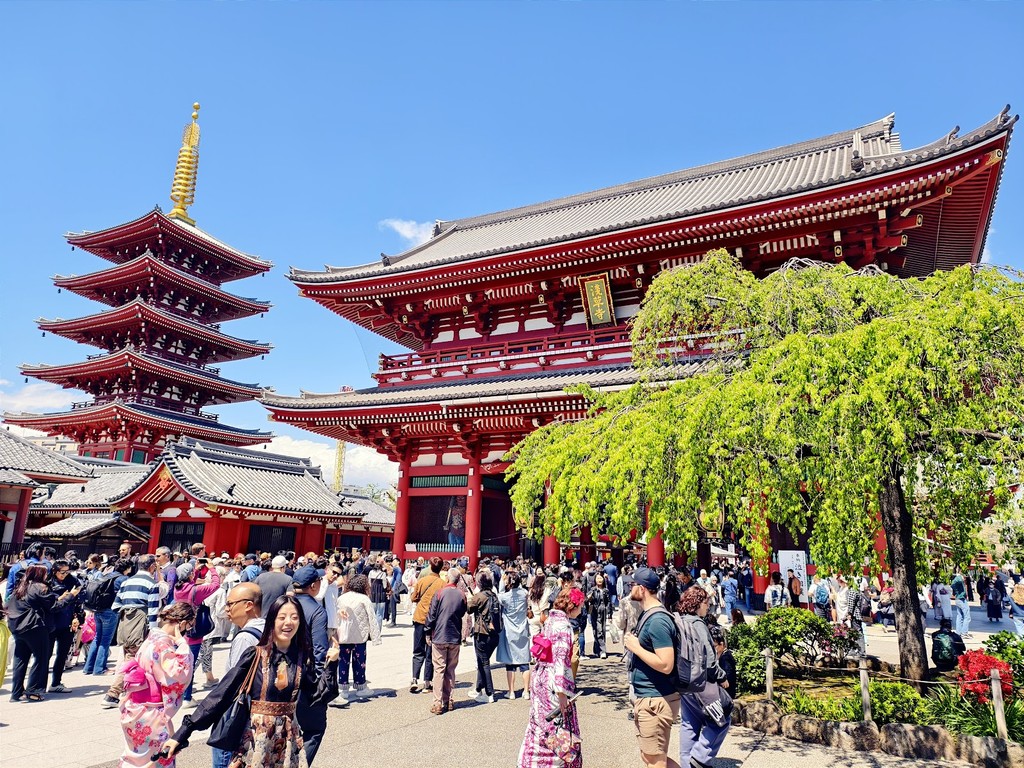
Asakusa Culture and Tourist Information Center (Source: Google Maps)
The Asakusa Culture and Tourist Information Center, designed by renowned architect Kengo Kuma, stands as a modern architectural marvel amidst the historical backdrop of Asakusa. The center features a striking wooden façade that harmonizes with the traditional surroundings, offering visitors panoramic views of the area from its observation deck. Inside, the center provides a wealth of information about Asakusa's history and attractions, showcasing interactive exhibits and cultural displays. This hub serves as a gateway for tourists, helping them navigate the rich cultural landscape of Tokyo. Its design reflects a commitment to sustainability and community, making it a significant landmark that bridges Tokyo's past with its future.
Sumida Park
A serene riverside park perfect for a leisurely stroll and views of the Tokyo Skytree, connecting the past with modern Tokyo.
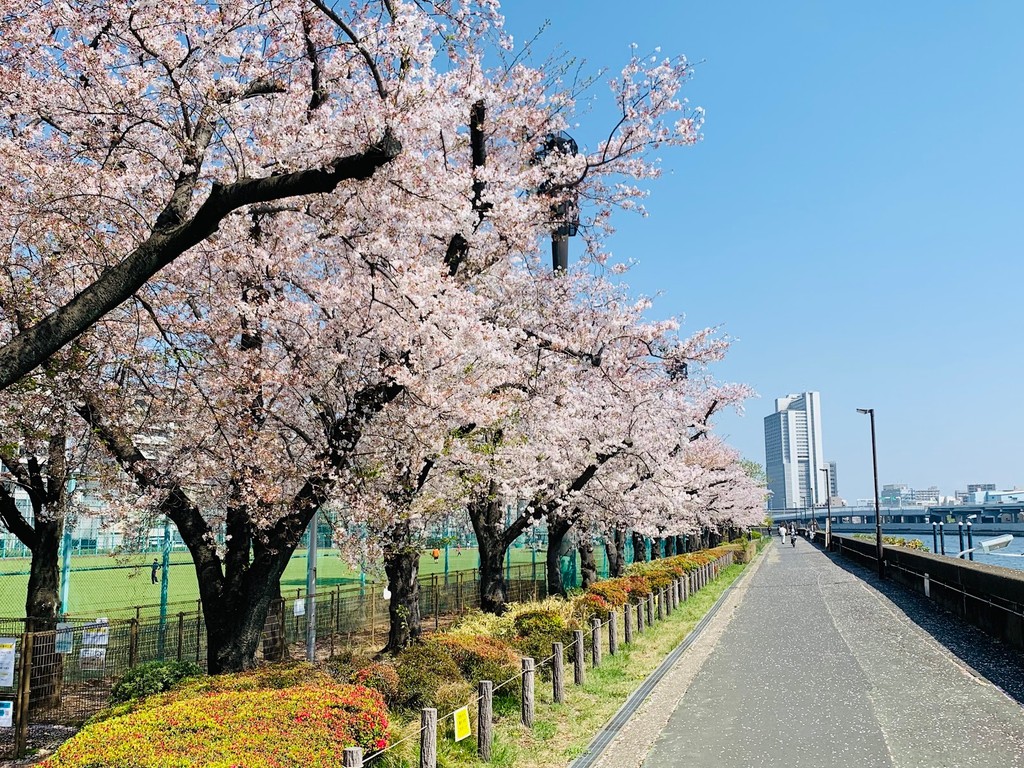
Sumida Park (Source: Google Maps)
Sumida Park is a picturesque riverside oasis that offers a tranquil escape in the heart of Tokyo. Spanning along the Sumida River, the park is renowned for its cherry blossom trees, which bloom spectacularly in spring, attracting both locals and tourists. The park features walking paths, lush greenery, and scenic spots ideal for picnicking or leisurely strolls. Visitors can enjoy stunning views of the Tokyo Skytree, which stands majestically in the background, symbolizing the juxtaposition of nature and modernity. The park also hosts various cultural events and festivals throughout the year, fostering a sense of community and celebration. Its serene environment makes it a perfect place to reflect on the rich history and culture of Tokyo.
Tokyo Skytree
The tallest structure in Japan, offering breathtaking views of the city and a modern contrast to the historical sites visited earlier.
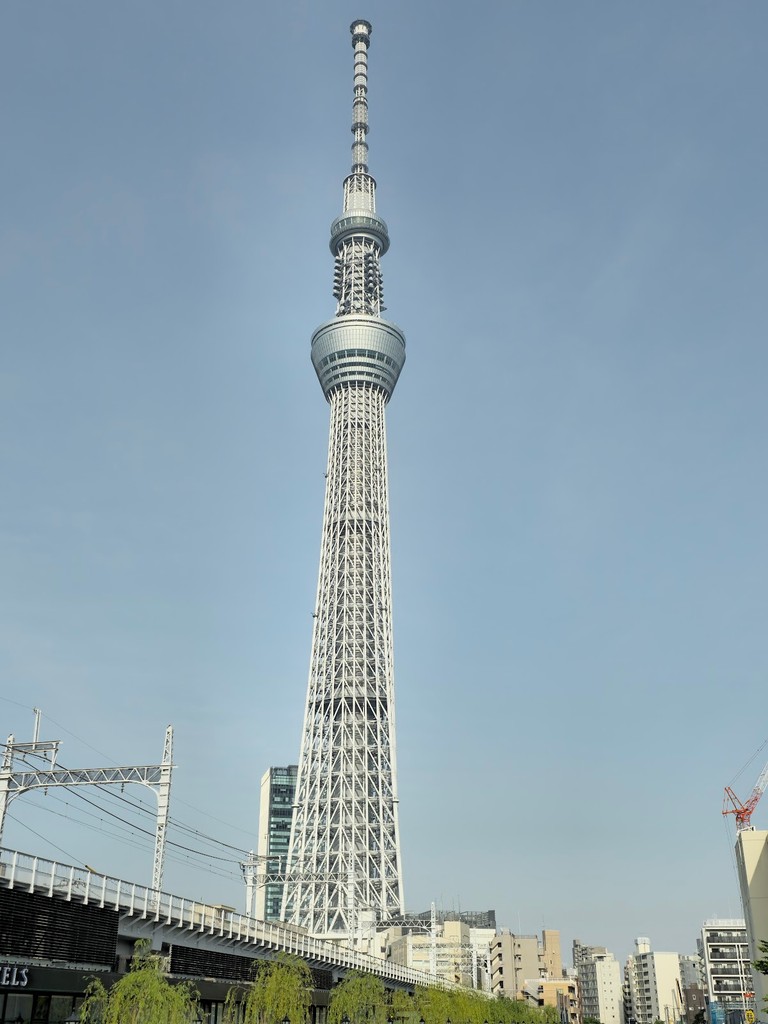
Tokyo Skytree (Source: Google Maps)
Tokyo Skytree, the tallest structure in Japan, reaches an impressive height of 634 meters. Completed in 2012, it serves as a broadcasting tower and a popular tourist destination, offering breathtaking panoramic views of the city from its observation decks. The design of the Skytree is inspired by traditional Japanese pagodas, featuring a sleek, modern aesthetic that symbolizes Tokyo's forward-thinking spirit. The tower is surrounded by a vibrant shopping and entertainment complex, attracting millions of visitors each year. At night, the Skytree is illuminated in various colors, creating a stunning visual display against the Tokyo skyline. Its significance extends beyond architecture, representing Japan's resilience and innovation in the face of modern challenges.
Sumida Aquarium
Located within the Tokyo Skytree Town, this aquarium features diverse marine life, adding a touch of natural wonder to the tour.
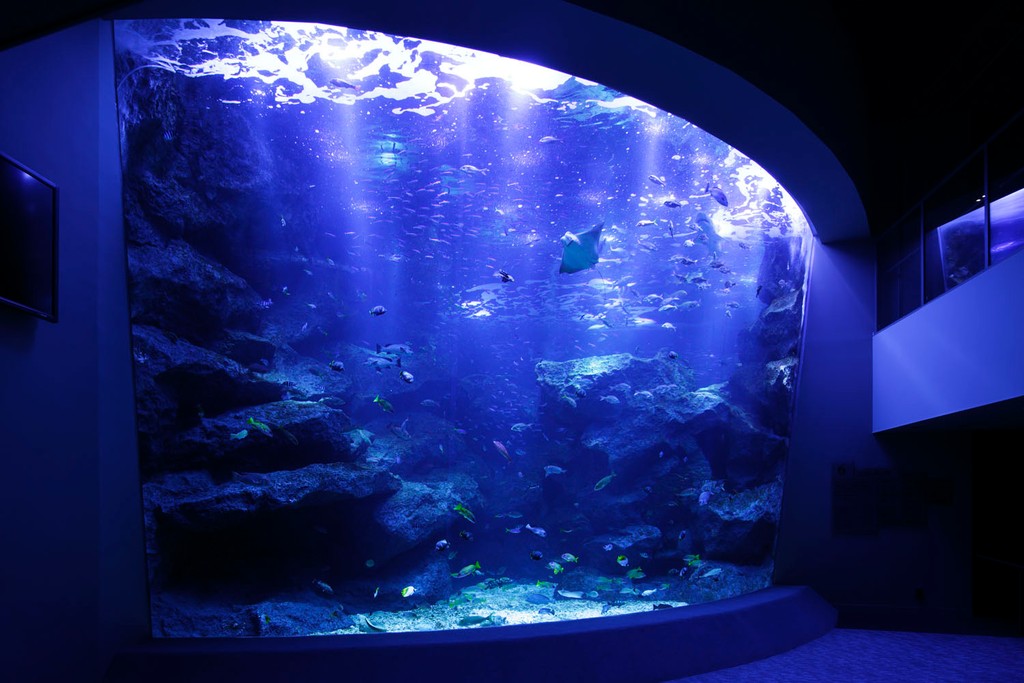
Sumida Aquarium (Source: Google Maps)
Located within the Tokyo Skytree Town, the Sumida Aquarium is a state-of-the-art facility that showcases a diverse range of marine life. Opened in 2012, the aquarium features innovative exhibits, including a massive indoor ocean tank that replicates a natural marine environment. Visitors can observe various species of fish, jellyfish, and other aquatic creatures, providing an immersive experience into the underwater world. The aquarium also emphasizes conservation efforts and education, highlighting the importance of protecting marine ecosystems. Unique displays, such as the Antarctic penguin exhibit, draw visitors of all ages, making it an engaging stop for families and marine enthusiasts alike. The Sumida Aquarium adds a touch of natural wonder to the tour, complementing the urban landscape of Tokyo.
Edo-Tokyo Museum
This museum immerses visitors in Tokyo's transformation from Edo to its current metropolis, providing rich historical context.
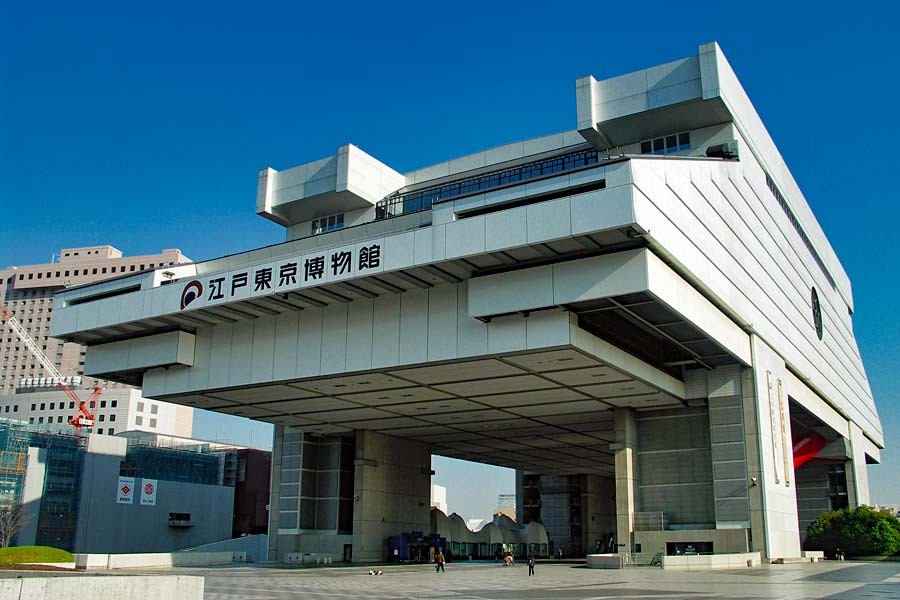
Edo-Tokyo Museum (Source: Google Maps)
The Edo-Tokyo Museum offers a comprehensive look into Tokyo's transformation from the Edo period to the bustling metropolis it is today. Established in 1993, the museum features a striking architectural design that reflects the city’s historical context. Inside, visitors can explore interactive exhibits, life-sized replicas of Edo-era streets, and artifacts that illustrate the cultural and historical developments of the city. The museum provides insights into Tokyo's rich heritage, showcasing significant events, daily life, and the evolution of architecture over the centuries. Special exhibitions and educational programs enhance the visitor experience, making it a vital resource for understanding the city's past and its impact on modern Japan. The Edo-Tokyo Museum serves as a bridge connecting history with contemporary life.
Ryogoku Kokugikan (Sumo Hall)
As the heart of sumo wrestling in Japan, this venue offers insights into one of Japan's most traditional sports and its cultural significance.
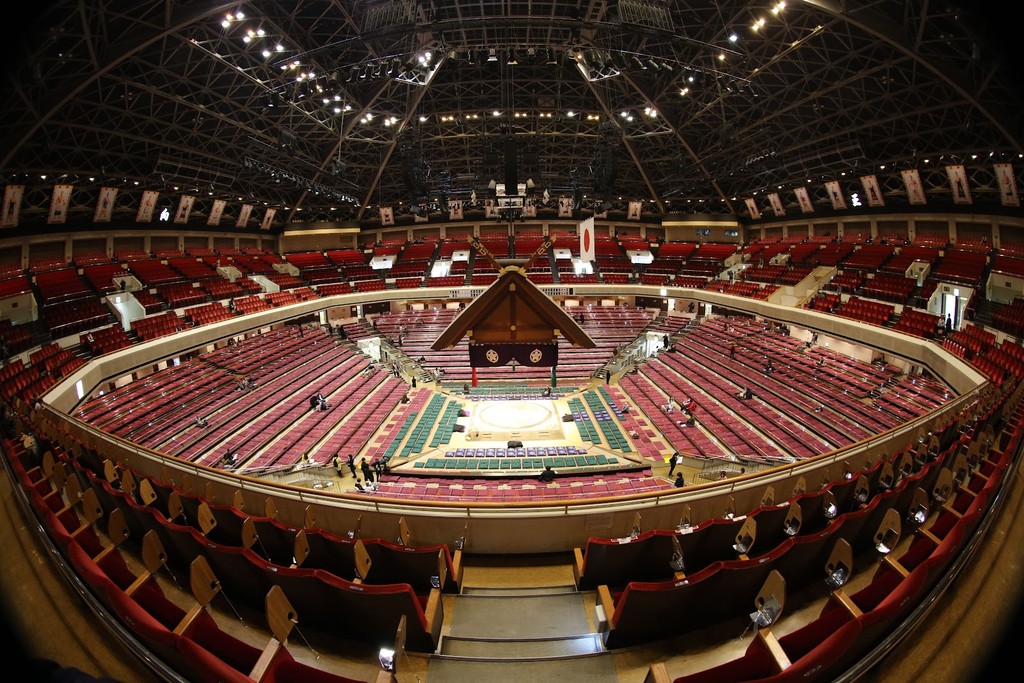
Ryogoku Kokugikan (Sumo Hall) (Source: Google Maps)
Ryogoku Kokugikan, the heart of sumo wrestling in Japan, is a prestigious arena that hosts major sumo tournaments throughout the year. Established in 1909, the hall is a symbol of Japan's traditional sport and culture. The architecture of the building reflects traditional Japanese design, with a thatched roof and a spacious interior that accommodates thousands of spectators. Visitors can experience the excitement of live sumo matches, witness the rituals and ceremonies associated with the sport, and learn about its history and significance through exhibitions. The hall also features a museum dedicated to sumo, showcasing memorabilia, photographs, and the evolution of the sport. Ryogoku Kokugikan is more than just a venue; it is a cultural institution that embodies the spirit and traditions of Japan.
Kyu Yasuda Garden
A traditional Japanese garden providing a peaceful retreat and a chance to reflect on the day's cultural and historical discoveries.
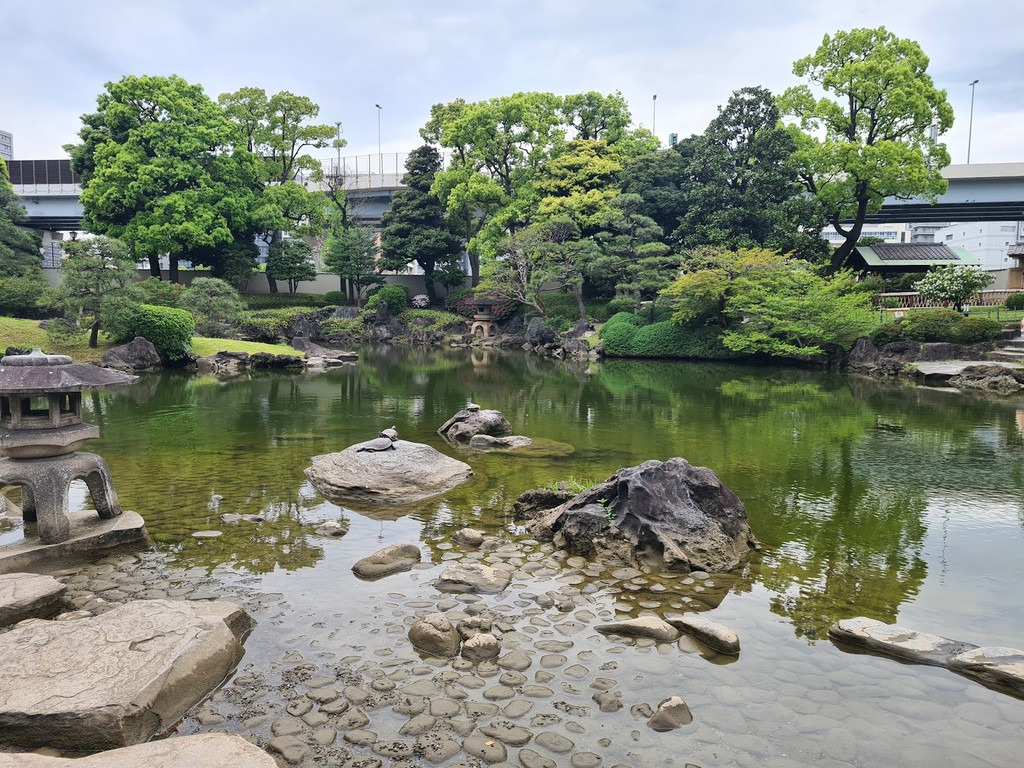
Kyu Yasuda Garden (Source: Google Maps)
Kyu Yasuda Garden is a serene traditional Japanese garden located in the heart of Tokyo. Originally part of a feudal lord's residence, it was opened to the public in 1932 and has since become a peaceful retreat for city dwellers and visitors. The garden features meticulously landscaped grounds, including ponds, walking paths, and seasonal flowers that create a picturesque setting year-round. Visitors can enjoy the tranquility of the garden while reflecting on the cultural and historical discoveries of their tour. Kyu Yasuda Garden is designed in the style of a classic Japanese stroll garden, encouraging leisurely exploration and contemplation. It serves as a reminder of Tokyo's rich natural heritage amidst the urban landscape, making it a fitting conclusion to the cultural journey through the city.

Your travels, your rules.
Create your own Free Walking Tours.
Set your preferences, distances and anything you want to do or see.
Completely free, no payment required.